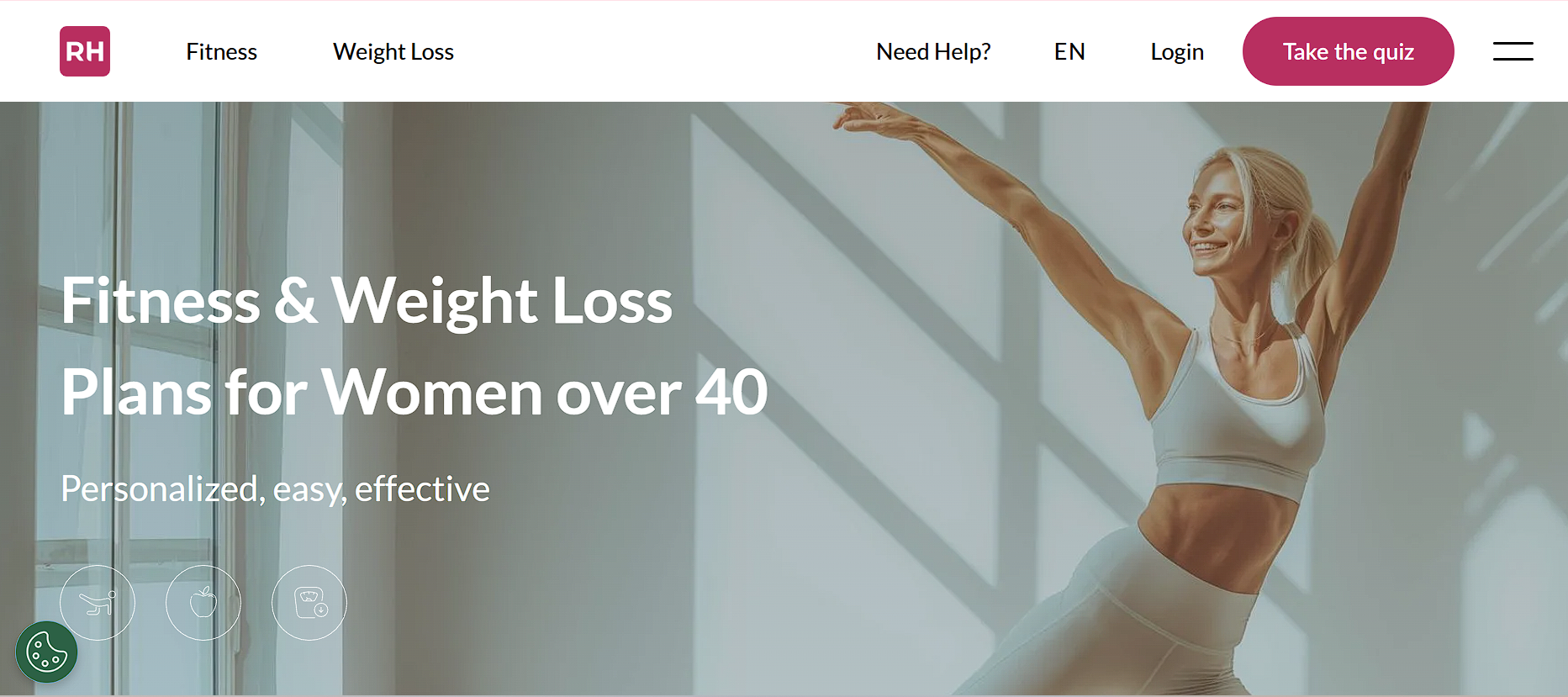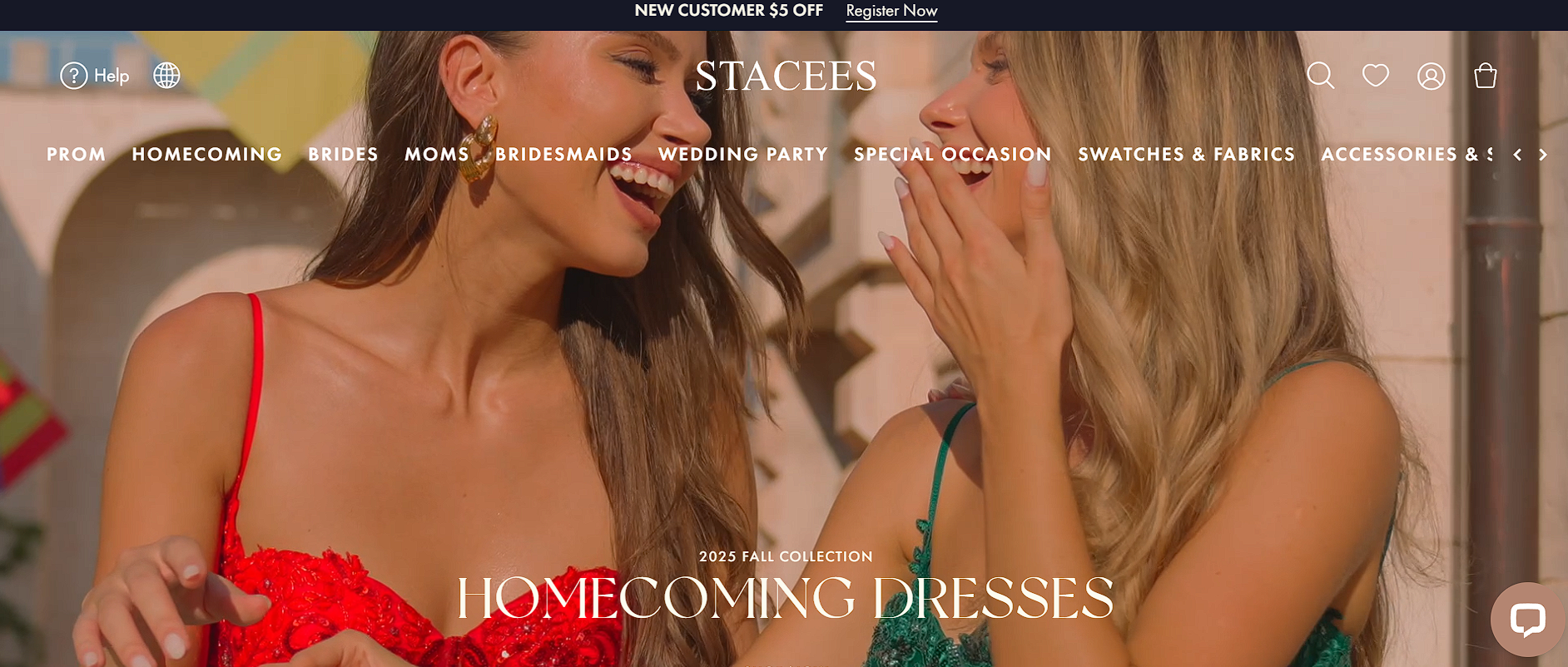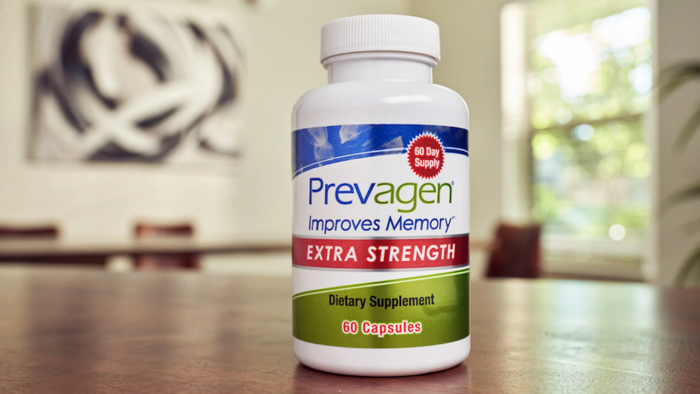When midlife brings hormonal shifts, slower metabolism, and energy lows, promises of wellness solutions sound hopeful. Reverse Health aims to be one such solution.
Below, I dive into what Reverse Health claims, how it works, and most importantly, what people really say about it warts and all.
What Reverse Health Promises Behind the Scenes
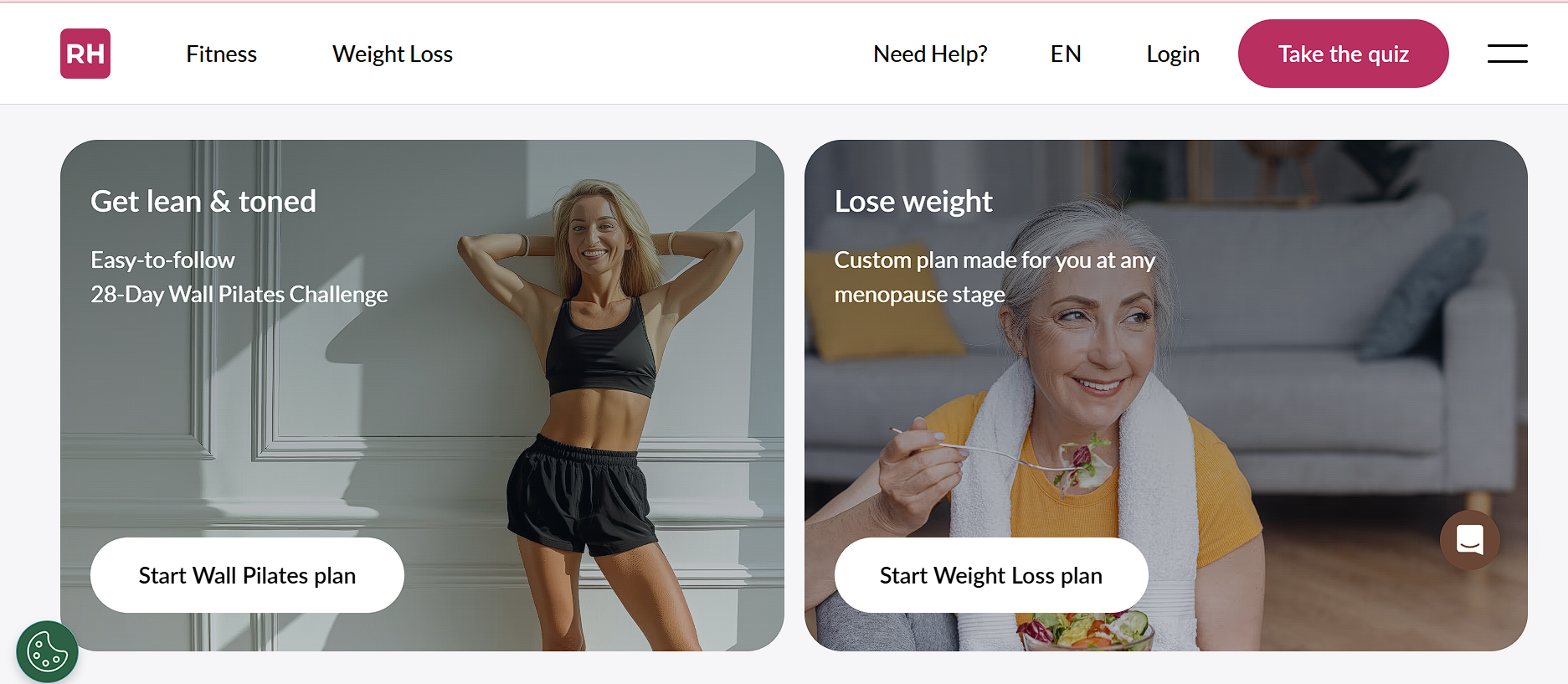
Reverse Health positions itself as a program made especially for women over 40, dealing with menopause, perimenopause, or simply wanting to feel stronger, leaner, more energetic.
According to the company:
- Users follow science-backed fitness routines: Wall Pilates, Chair Yoga, and Somatic workouts adapted for the midlife body.
- Meal plans are customized, including options like Keto, and meant to be balanced in macronutrients.
- There is tracking support: water intake, mood, weight, fasting windows, etc.
- Accountability features: coaching, reminders, and a community to support consistency.
- Internally, the company reports that 81% of participants saw improvements in at least one area: weight, sleep, energy, mood, or self-confidence.
Behind the Reviews: What Users Actually Report
Below are the online feedback snippets drawn from people who used Reverse Health.
Each point represents what several users are saying in their own way, but rephrased and grouped by theme. I mention the platform with each.
- One user says the recipes are excellent, and customer support stepped in quickly. The workout reminders and being nudged to log water or meals are helpful in staying consistent.
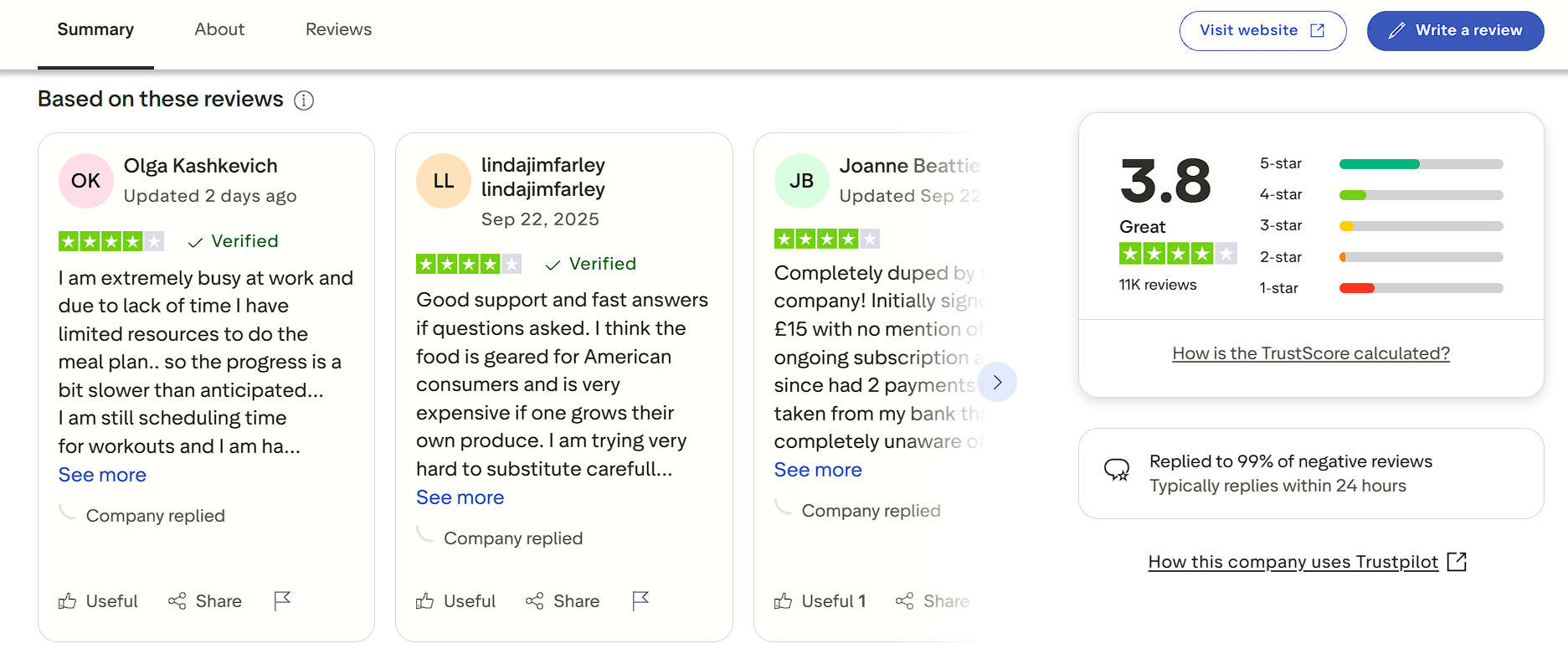
- A reviewer praises how flexible the app is—20-minute sessions that can fit into a full day, especially for busy moms; they feel gradual but effective changes in strength and tone.
- Someone complains that notifications about workouts or eating windows don’t always work, so they miss reminders, which reduces motivation.
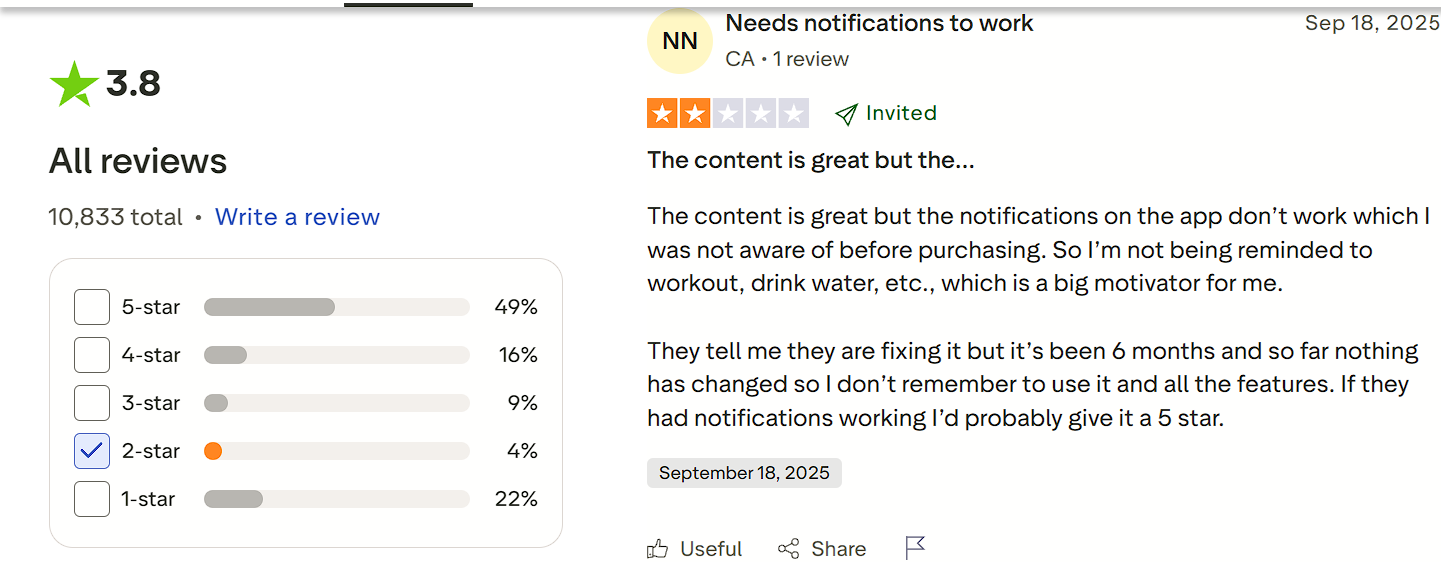
- A reviewer who followed the app faithfully reports losing 7 lbs in about six weeks, though they didn’t always adhere strictly to all meal plans.
- Another says they’ve lost 50 pounds over 1.5 years, and most lab tests improved. They feel more confident.
- One person writes that the app stopped functioning properly about a month in: trackers stopped updating, logging became glitchy, forcing app restarts.
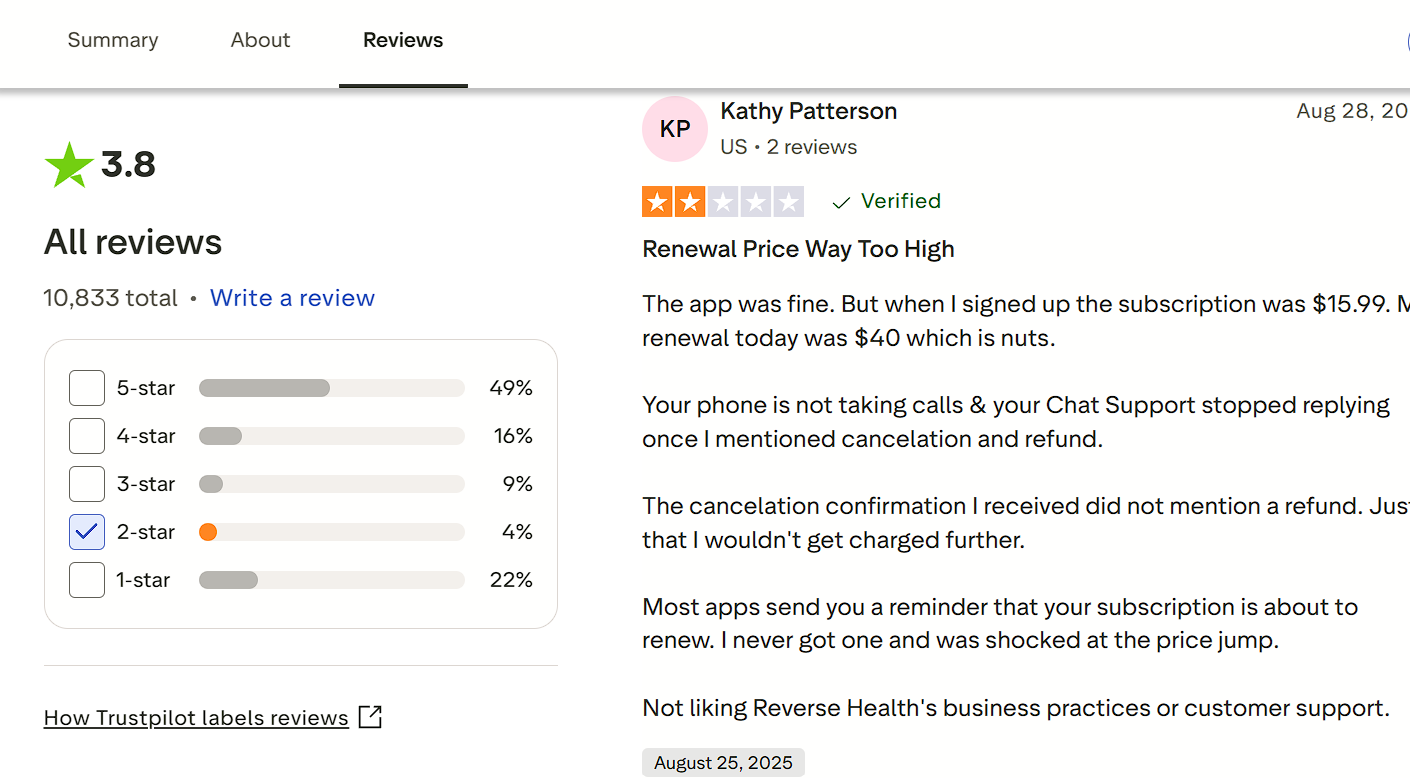
- A user laments that they were charged a renewal casually, with the reminder going to spam or not being noticeable; when trying to cancel, support was slow to respond.
- A reviewer who is vegetarian appreciated the menu variety and recipes suited to vegetarian preferences; they feel it gives more options than other apps.
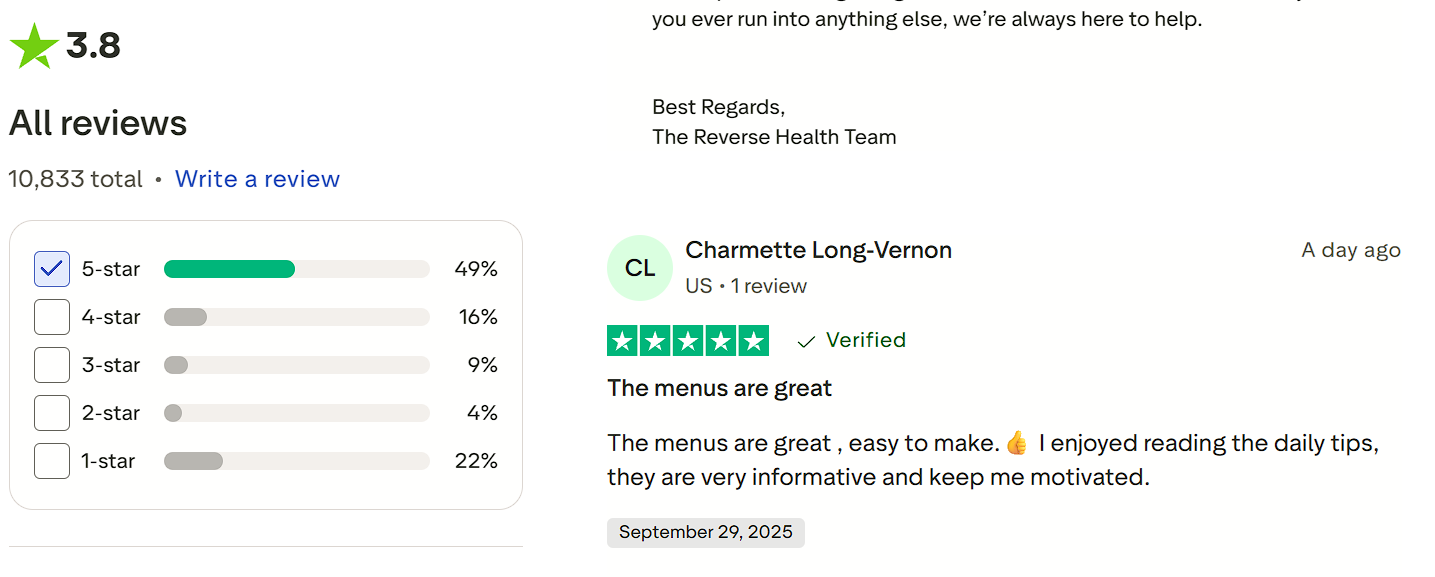
- But another message: someone with a hip prosthesis says many suggested movements in workouts were contraindicated for their condition; they felt the app didn’t accommodate physical limitations well.
- One comment notes that video instructions sometimes don’t clearly tell you when to switch sides in exercises — so if you’re not watching the screen constantly, you might miss half of what you should be doing.
Key Take-Home Messages We Learn from the Feedback
Putting together the promises and what people report yields a more nuanced picture:
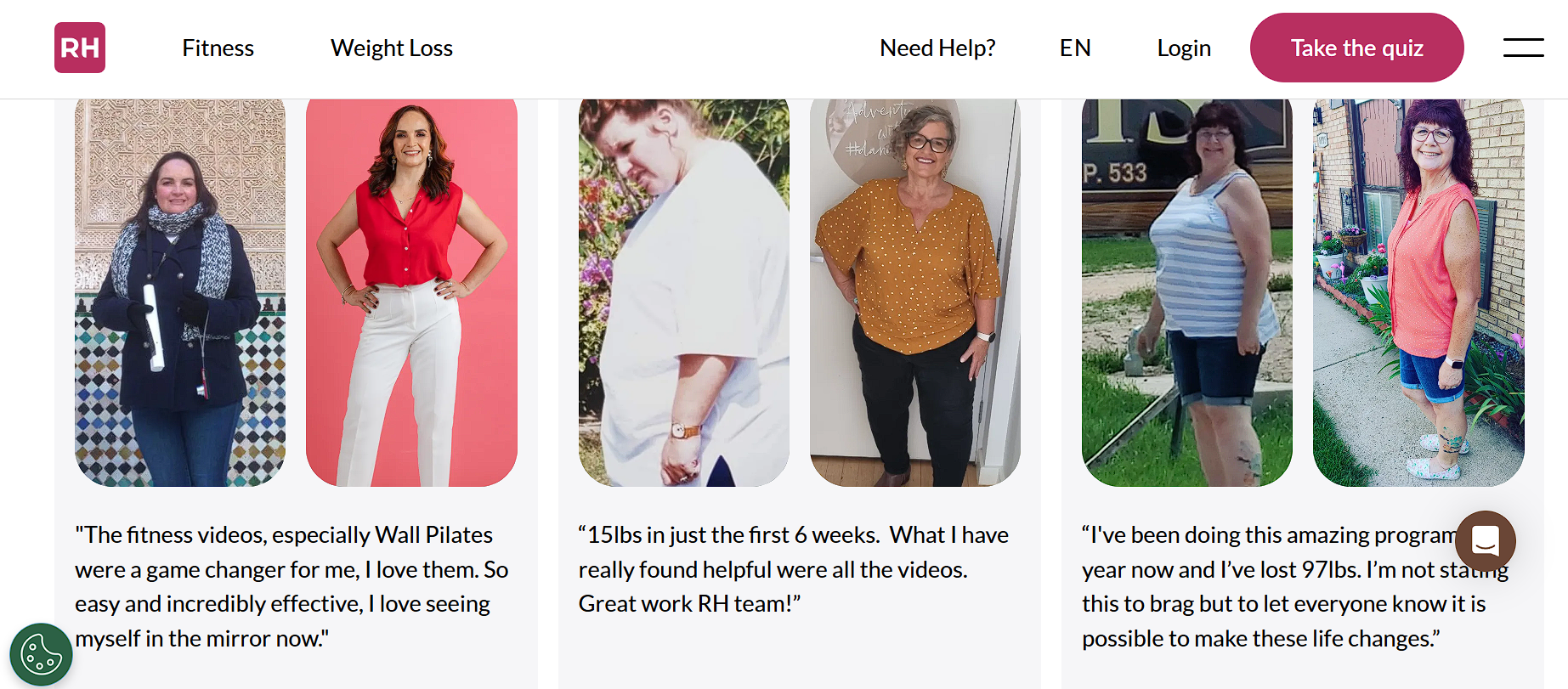
- Structure + Support Work
Many users benefit from the structured sessions, the recipes, and the nudges (notifications, community). These seem especially helpful for those who prefer guidance over self-designing every workout or meal. - Physical Limitations & Personalization Gaps
Some users with joint issues, prosthetics, or specific health limitations feel the workout library lacks enough variations or adaptations. The app sometimes assumes a “generic middle aged active woman,” leaving out those outside that norm. - Technical Frustrations Are Real
App stability, tracker syncing, video cues, notification bugs — these come up often. Even enthusiastic users occasionally say they almost give up because of tech hassles. - Transparency Around Billing Matters
Several users report unpleasant surprises: subscription renewals with little reminder, trouble canceling, or being charged unexpectedly. The fine print seems to be unclear or easy to miss. - Results Vary Widely
Some people see steady weight loss (e.g. several pounds over weeks), improved mood, more energy, better sleep. Others see only moderate change, mainly around better awareness of habits (eating habits, water, more consistent movement) rather than dramatic physical transformations.
What we think personally
From both what Reverse Health does well and where people struggle, here are observations things to expect, and things to ask before you commit.
If your physical condition is non-standard (prosthesis, joint issues, etc.), check whether the program allows modifications or alternative moves. Ask ahead about how renewals work: when your trial ends, how much they charge, what reminders you’ll receive, and how easy cancellation is.
If clarity in workouts matters (verbal cues, side switching, video quality), try sample workouts if possible to see whether the guidance style suits you.
If budget is a constraint, keep in mind that while many users feel the cost is “worth it,” others say recipes or ingredient lists involve foods that are somewhat expensive or less accessible depending on your location.
